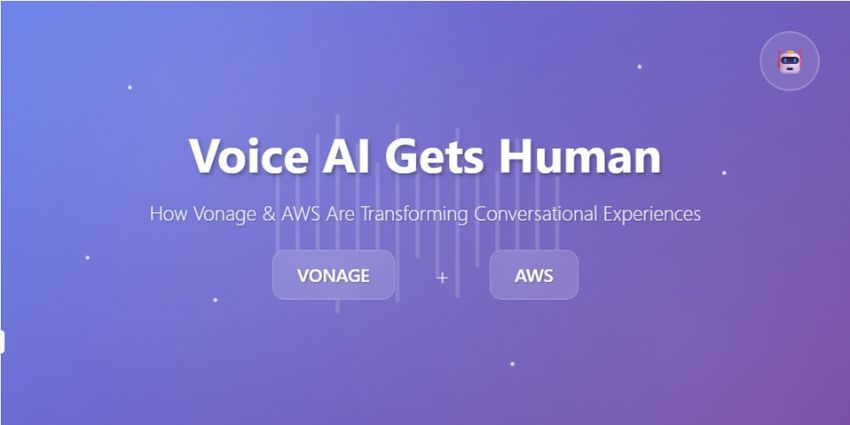As timelines go, it’s been quite the past few years.
2020 – the global pandemic strikes.
2021 – rushed-out collaboration and communication technology enables a WFH response.
2022 – here-to-stay hybrid working supports an explosion in new transformational solutions.
So, what about 2023?
Well, the smarter enterprises are less focused on further change and more interested in ensuring that the multiple tools that have helped them adapt are working in harmony.
And that means ‘streamline’ and ‘integrate’ are the priorities.
For customer organisations and managed service providers alike, the opportunities to deliver on those aims lie in the smart deployment of cloud-powered software management.
Success – for both – depends upon partnering with a provider that is on the same page.
“The events of the last three years forced enterprises of all kinds and sizes to make technology procurement decisions that were often based upon urgent responses to rapidly-evolving workforce and customer need,” says Tim Jalland, Solution Manager at leading digital workplace management software provider VOSS Solutions, which is now helping those same enterprises to consolidate.
“They now find themselves with a communications tech stack that comprises multiple solutions provided by multiple vendors. Some of those solutions have been successfully integrated with others, some less so.
“It’s now the right time to take stock and to look at how those stacks can be streamlined and how those integrations can be made smoother and deliver more value.
“It’s less about deploying new technology and more about aligning what already exists with current and future business needs.”
It is a strategy capable of delivering gains on two fronts.
Firstly, integration in and of itself always drives efficiencies and makes the often-complex management of inter-dependent workflows easier for all concerned.
Secondly, a conscious pause to evaluate what is in place and to understand what is working and what is not also provides organisations with an opportunity to assess the progress of their digital transformation journey more generally, and to change its course or pace if required.
“Because of the nature of things over the past three years, and the fact that different areas of a business had varying needs at varying times, organisations may now have a bit of Microsoft next to a bit of Cisco next to a bit of Zoom, next to a bit of in-house, home-built stuff,” says Jalland.
“That’s not necessarily a bad thing but effective control of it all is absolutely key to making it a success. That success is greater when all UC technologies are integrated, single-touch, and managed by a single interface; giving the organisation that critical single-pane-of-glass view of everything.”
In the case of VOSS, its proactive Discovery Analysis helps customers – whether direct or indirect – understand what is installed and how it is being used. Its clever UC performance management tools provide real-time efficacy insight and help organisations learn how identify viable alternatives to better-meet their needs.
Its smart automation tools are then able to put in place protocols, preferences and security which enables streamlined, zero-touch, processes to be deployed in areas such as user onboarding and offboarding, and the switching on of new services.
“Again, against the backdrop of the patchwork nature of the last three years, that kind of automation need not be negatively-affected by the multi-vendor nature of the underlying technology,” says Jalland.
“Thanks to us, whether its integrating communication and collaboration tools with ticketing systems, billing systems, ITSM platforms, or HR systems, the end user organisation’s complexity is all behind the scenes.
“From the service provider’s perspective, they remain empowered to offer multi-vendor technologies because they are able to manage it all easily and profitably via portal single sign-on and without that whole swivel chair issue.
“In short, it’s not about the vendor technology, it’s about the business and end-to-end management.”
Brilliantly, it’s a ‘streamlining’ and ‘integrating’ approach that simultaneously sweats organisations’ historical technology investments whilst also helping them to re-draw where necessary their digital transformational roadmap.
In addition, of course, it also makes sense of the chaos that has characterised the past three years.
And goodness knows it’s time for some of that..!
To learn more about how VOSS can help your and your customers’ businesses leverage the benefits of a digital workplace, click here.







